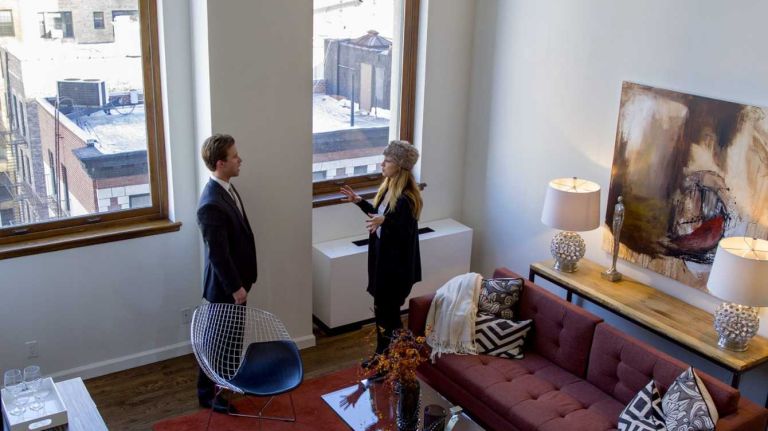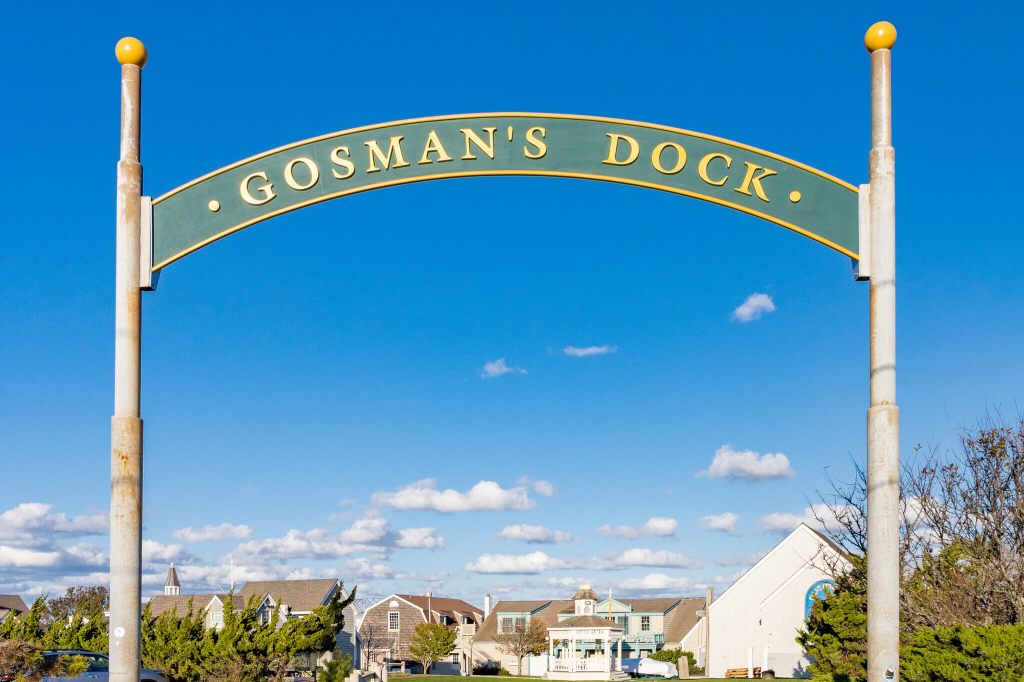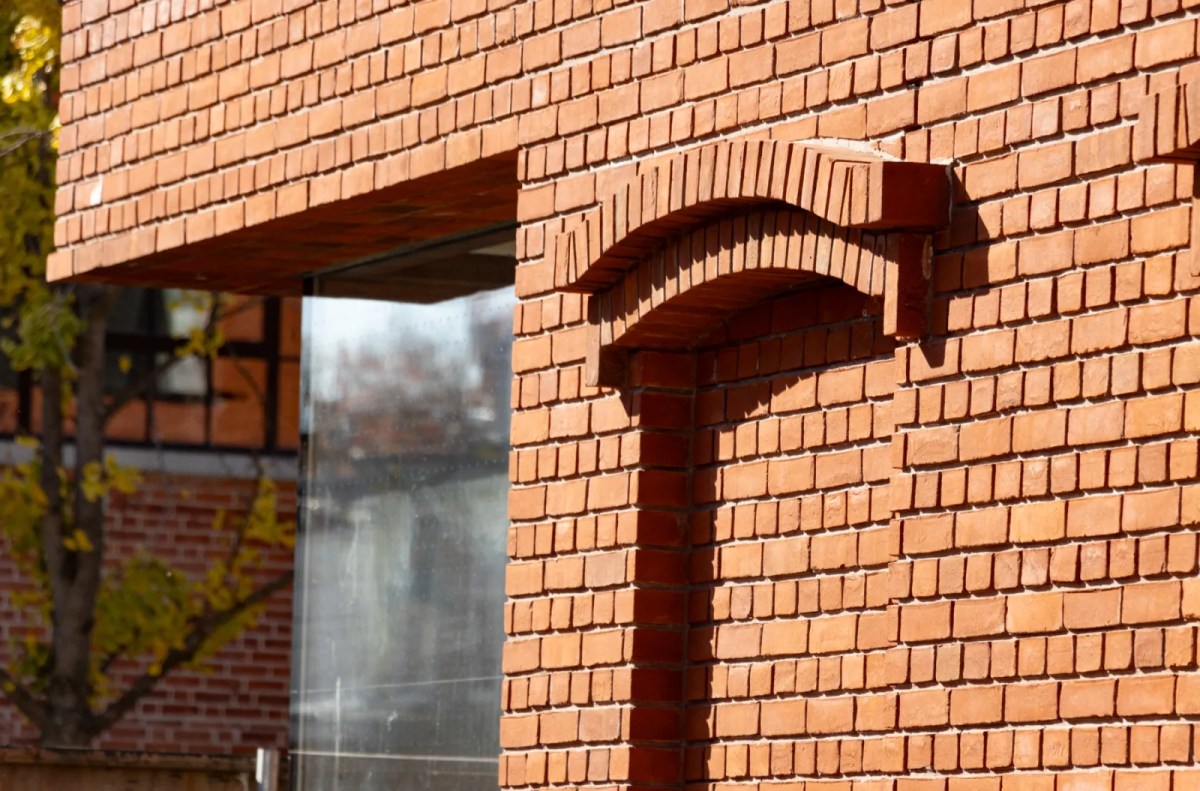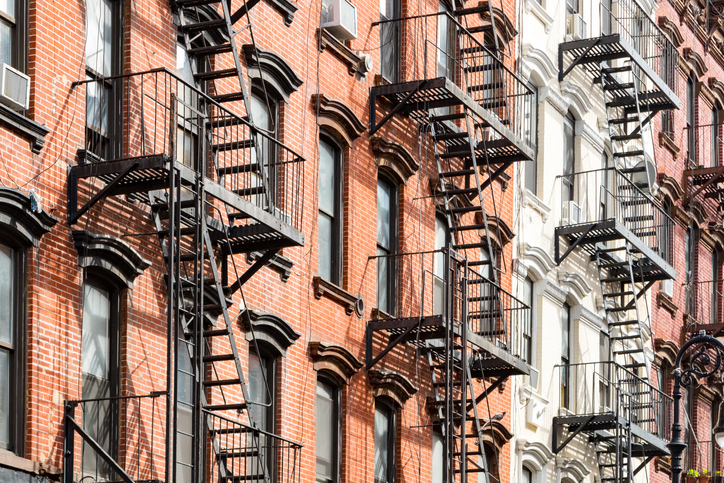New Yorkers should get used to watching their rental budget creep up — unless they already expect to shell out more than $2,700 a month.
Renters with monthly budgets below that threshold typically scour a large swath of the city and then spring for higher monthly bills than initially anticipated, according to an analysis the listing service StreetEasy is slated to release Tuesday.
New Yorkers eyeing units that cost more than $2,700 a month, however, tend to migrate toward cheaper apartments fairly close to where their searches began, the analysis showed. Tenants generally need an annual income of at least $108,000 to qualify for a $2,700-a-month home, according to industry standards.
“It’s pretty stark,” said Grant Long, senior economist at StreetEasy. “We looked at a lot of combinations in a lot of different ways, and $2,700 does seem to be the point.”
Regardless of their budgets, the hundreds of thousands who used StreetEasy to search for apartments in New York City in 2018 tended to save about 10 or 11 apartments, according to the study, which pulled from listings comprising mainly market-rate apartments.
But the company’s analysis of search histories showed that tenants with tighter budgets cycled toward higher costs and other compromises.
New Yorkers who first saved a $2,000-a-month apartment were, by their fifth listing, looking at a home an average of 1.2 miles away from there, with a $70 higher monthly rent, StreetEasy found.
But those initially examining $4,000-a-month units were, by their fifth saved listing, focused on apartments an average of 0.8 miles away, with a $107 lower rate, the analysis found.
“The vast distance that people at the lower ends of the price spectrum have to look over to find a place that fits their needs and budget was striking,” Long said. “It’s not just trading off one neighborhood for another.”
Indeed, New Yorkers looking to pay $2,000 a month had a search area that spanned an average of 2.6 square miles, whereas those starting out with a $4,000 monthly budget confined their hunt to an area with an average of 1.4 square miles, according to the study.
The city’s housing stock simply contains relatively few apartments available for $2,700 a month or less, according to Douglas Wagner, brokerage services manager at Bond New York. His team examined the 11,374 listings currently in Bond’s purview and discovered just a quarter advertised rates at or below that threshold.
“That’s all apartments, all boroughs, all of New York City,” Wagner said, while acknowledging that many owners or management companies don’t use brokers if they are charging $1,700 a month or less for studios or $2,300 or less a month for one-bedrooms.
Friday afternoon Wagner posted a two-bedroom, refurbished prewar unit on the Upper West Side for $5,400 a month and fielded 25 inquires on it by Monday morning, which he said showed there are plenty of New Yorkers with a quarter million in annual income.
“They are looking at every single property and, in many cases, using the listings against one another to try and negotiate the best deal,” Wagner said. “The people who are looking in the sub-$2,700 category sometimes don’t have that luxury because apartments don’t last that long. They usually go to the first qualified consumer.”

































